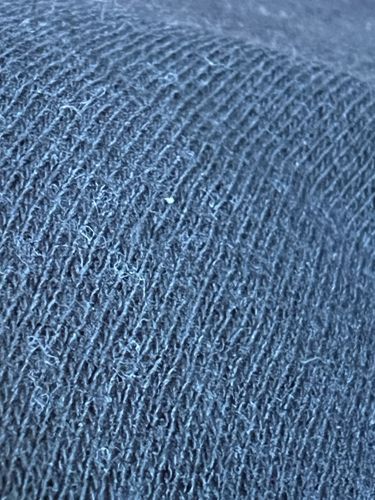Dust Mite
Scientific Name: Dermatophagoides spp.
Order & Family: Astigmata, Pyroglyphidae
Size: 0.2-0.3 mm (microscopic, barely visible to the naked eye as tiny white specks)

Natural Habitat
Human dwellings, especially in bedding, upholstered furniture, carpets, and clothing. They thrive in warm, humid environments.
Diet & Feeding
Primarily feed on shed human and animal skin flakes (dander). Fungi growing on dander may also contribute to their diet.
Behavior Patterns
Dust mites are not parasitic; they do not bite or sting. They are most active in conditions of high humidity and moderate temperatures. They reproduce quickly, with a life cycle of about 2-3 months. Their droppings and body fragments contribute to house dust.
Risks & Benefits
Potential risks include triggering allergic reactions in sensitive individuals, such as asthma, eczema, and rhinitis, due to allergens in their feces and body parts. There are no known direct benefits to humans, but they play a role in decomposition within indoor environments.
Identified on: 10/7/2025